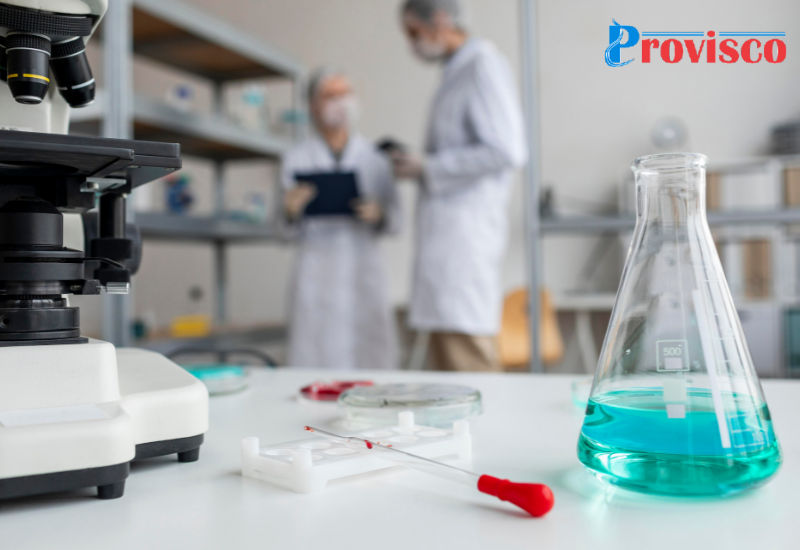Lab furniture is a crucial component of every workstation. A workstation without furniture is analogous to a structure without a basement…With shifting market dynamics, manufacturers deliver a diverse assortment of premium quality and style furniture on demand.
Choosing appropriate furniture is a challenging process in itself. However, preserving the appearance and furnishings is even more endeavoring. On a daily basis, furniture requires personal care and attention. A quality piece of furniture can last for several years if handled with care.
Contact our lab furniture manufacturer for premium quality furniture ..Bring life to your interiors with our furniture collection.
Here are tips to maintain lab furniture for longevity and performance.
Ensure Regular Cleaning
Regularly, clean the lab’s furniture. Clean the counters, storage cabinets, benches, desks, and chairs when the experiments are completed. Cleaning removes dust and prevents undesirable substances from contaminating your valuable furniture. Also, the furnishings will remain clean and sterile for use the following day
Use mild cleaning agents and dry cloth
To remove tough stains, grease, and loose debris use a mild detergent that is widely available in supermarkets. Harsh chemicals will swiftly remove the stains but they will damage the surfaces of lab furniture. By utilizing gentle cleaning products you can avoid this. After cleaning the furniture, wipe it off with a dry cloth. A microfiber cloth or chamois cloth works well.
Avoid overloading
Remember that the cabinet storages, shelves, and drawers have a specified weight-bearing capacity. Don’t disregard this by storing heavy-duty equipment and other stuff in big quantities. Overloading can cause structural damage and reduce the longevity of furniture..Instead, keep equipment and other items in designated places. Furthermore, you can add more shelves and drawers as needed.
Routine Inspection
Examine the furnishings for signs of wear and tear. Look for any loose pieces that require immediate care. If necessary, have the parts fixed. Lubricating agents should be used on moving parts to ensure their durability.
Repairs and Replacements
Address any issues with cabinets, chairs, or desks as soon as possible. As a part of the after-sale service contract, reputable manufacturers will repair the furniture. Consider replacing furniture if the damage is irreparable. Damaged furniture can be dangerous and hinder productivity.
Avoid food and drinks
Discourage eating and drinking in the lab to prevent spills and stains on lab furniture.Working personnel must be provided with an adequate place to have their meals during breaks.
Follow safety measures
Make sure your lab’s power switches, circuit breakers, and plugs are turned on, this will assist prevent electric shock and other safety hazards. By enabling these devices, you can also confirm that all equipment is operational and prevent overloading.
Train the working staff
Educate the lab personnel on proper lab furniture use and maintenance. Encourage them to conduct themselves responsibly. Explain the significance of keeping the lab organized and tidy. Make sure they realize that leaving spills and stains unattended can pollute the lab environment and reduce productivity.
Organization
Make certain that there are enough storage cabinets and lockers. This will keep the equipment safe and prevent cabinet overload .Place the fume hood in the designated location and avoid keeping any objects in front of them which might disrupt the airflow. A well-organized lab makes it easy to maintain and ensures the longevity of equipment and furniture.
Ergonomics
To promote a user-friendly environment and boost productivity, employ ergonomic seats and height adjustable tables. Ergonomic furniture is flexible to meet the needs of changing market dynamics.
Bottom line
In a laboratory, furniture is really important.
Tables, chairs, and shelves are all examples of this Each piece of furniture serves a unique purpose. We must preserve the furniture which in turn will lower costs and aid in waste management. To keep lab items in good condition, clean them regularly with mild cleaning products. Furniture should be inspected regularly. Replace the damaged piece with a new one if necessary. Most essential, educate the staff to handle furniture properly and sensitize the need of keeping the lab and equipment clean and sterile.
FAQs
How to protect furniture surfaces?
A simple pad or coaster can add years to furniture life. Protective pads are available in a variety of materials including, felt, rubber, and cork. They are simple to maintain and may be trimmed to fit any piece of furniture.
What is lab furniture made from?
Always use premium quality materials for furniture. A variety of steel such as stainless steel are commonly used to design lab furniture.
How long does furniture last?
The longevity of furniture depends on the materials used. Premium quality furniture can last anywhere between 7 to 15 years if handled with care.


